Confusion, Misunderstanding, and Incomprehension
Wrong turn leads into coal mine
That's a serious wrong turn!I had to look up the meaning of a "pit prop." It's a post that holds up the roof of a coal mine.
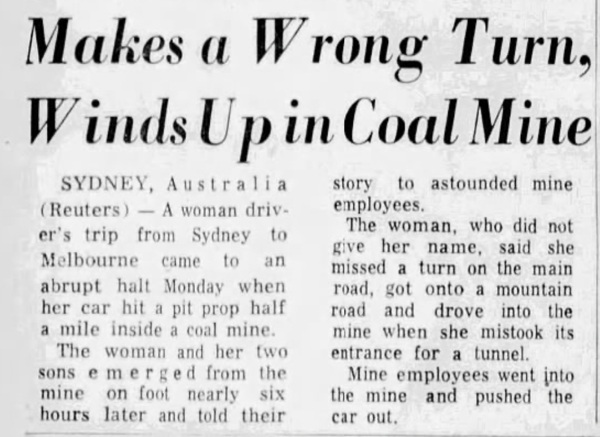
Brantford Expositor - Jan 8, 1963
I asked Microsoft's AI image creator to illustrate the news story. After a few false starts, this is what it came up with. Not too bad.

Posted By: Alex - Tue Feb 06, 2024 -
Comments (2)
Category: Confusion, Misunderstanding, and Incomprehension, 1960s, Australia, Cars
Worst. Classical Music Album Cover. Ever?
This is exactly the mental image conjured up in my brain by the songs listed below.
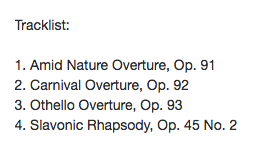
Posted By: Paul - Fri Mar 17, 2023 -
Comments (7)
Category: Confusion, Misunderstanding, and Incomprehension, Music, Vinyl Albums and Other Media Recordings, 1970s
Is it art, or is it a medical emergency?
London police recently responded to a report of a woman in an art gallery who appeared to be unconscious. The gallery was closed, but the non-moving woman could be seen through a window. So, "officers forced entry to the address, where they uncovered that the person was in fact a mannequin."The mannequin was part of a sculpture by American artist Mark Jenkins depicting the time his sister had "passed out and buried her face in a plate of soup."
More info: artnet.com

Posted By: Alex - Wed Dec 28, 2022 -
Comments (1)
Category: Art, Confusion, Misunderstanding, and Incomprehension
All a Misunderstanding
This will teach us never to stop to help a woman in distress. And yet--it seems that for charges to be lodged, some kind of verbal offer for something other than a ride to AAA must have been tendered...?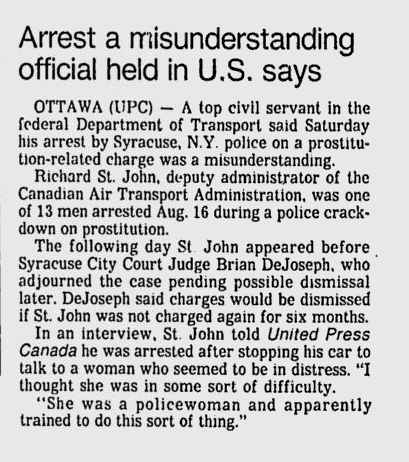
Source.
Posted By: Paul - Wed Jul 07, 2021 -
Comments (2)
Category: Confusion, Misunderstanding, and Incomprehension, Crime, 1980s, Sex
The 1902 penny craze
Sometime in late 1902, a rumor began to circulate that a worker at the mint, while making the 1902 pennies, had accidentally dropped a bar of gold into the copper. As a result, the 1902 pennies were worth more than a penny. The treasury would supposedly pay up to 18 cents for each penny. So people began frantically hoarding and stockpiling the 1902 pennies.Despite frequent denials by the treasury, the rumor persisted as late as the 1960s.
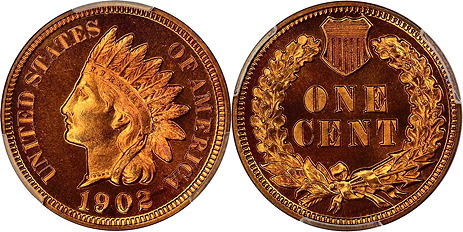
There are different theories about how the rumor began. The article below attributed it to a Brooklyn school superintendent. Another theory, offered over at coinbooks.org, said that it started as a joke told by a fish dealer named Alvah W. Haff:
On January 29, 1903, Mr. Haff bought 3,000 copper pennies from the bank. Someone who witnessed the transaction commented on the strange occurrence, and Mr. Haff jokingly explained that he was going to take the coins and get the gold out of them.
The story spread like wild fire and people began hoarding 1902 pennies.
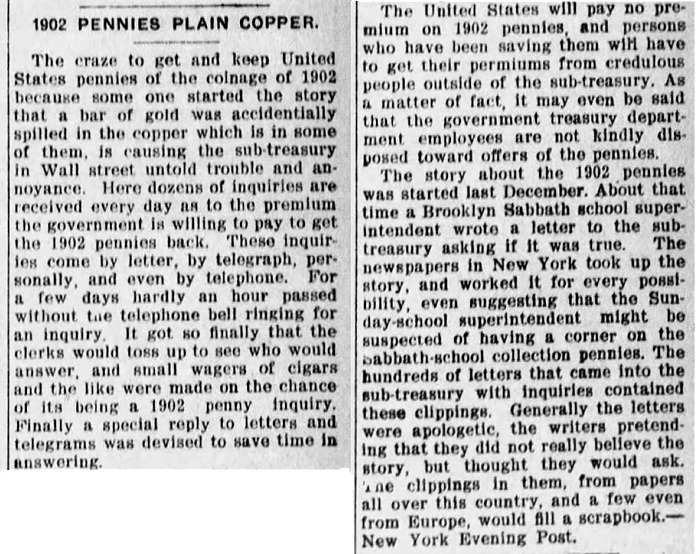
The Formoso New Era - Dec 11, 1903
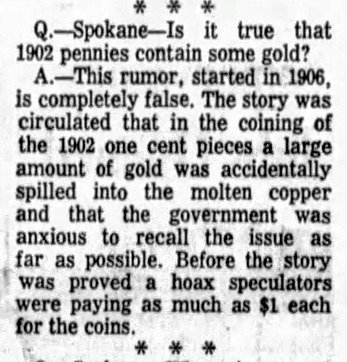
The Spokane Spokesman-Review - July 12, 1961
Posted By: Alex - Fri Jul 10, 2020 -
Comments (1)
Category: Confusion, Misunderstanding, and Incomprehension, Money, 1900s
Valerie and Her Week of Wonders
Whole movie in second screen, with English subtitles.Wikipedia page here.
Posted By: Paul - Sun Dec 29, 2019 -
Comments (0)
Category: Ambiguity, Uncertainty and Deliberate Obscurity, Beauty, Ugliness and Other Aesthetic Issues, Confusion, Misunderstanding, and Incomprehension, Death, Dreams and Nightmares, Horror, Movies, Surrealism, 1970s
Follies of the Madmen #453
The wealthy always employ midgets to help them dress. Seriously, what size is that person standing on the chair? Maybe the gal in undergarments is a giant?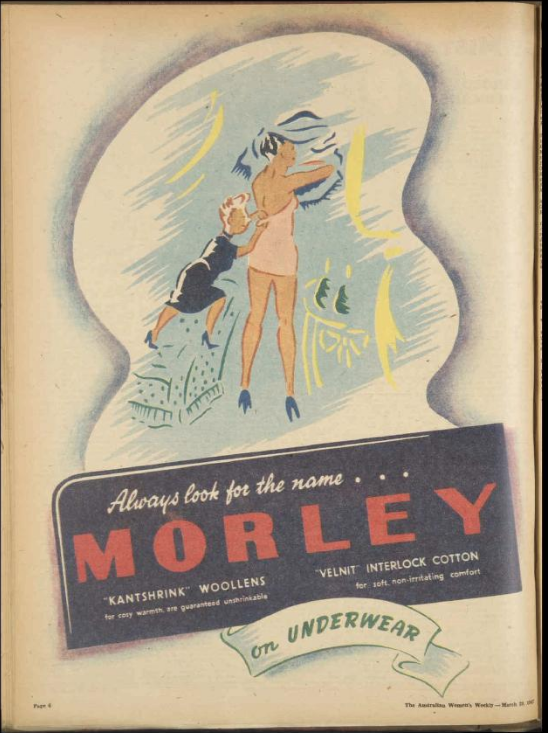
Source.
Posted By: Paul - Mon Nov 18, 2019 -
Comments (0)
Category: Ambiguity, Uncertainty and Deliberate Obscurity, Business, Advertising, Confusion, Misunderstanding, and Incomprehension, Excess, Overkill, Hyperbole and Too Much Is Not Enough, Surrealism, Underwear, 1940s
Occasional Wife
Wikipedia page.
Posted By: Paul - Fri Nov 15, 2019 -
Comments (1)
Category: Business, Confusion, Misunderstanding, and Incomprehension, Customs, Domestic, 1960s, Men, Women
The Paul Lynde Halloween Special
Posted By: Paul - Mon Oct 28, 2019 -
Comments (2)
Category: Annoying Things, Antiques, Anachronisms and Throwbacks, Beauty, Ugliness and Other Aesthetic Issues, Celebrities, Confusion, Misunderstanding, and Incomprehension, Eccentrics, Entertainment, Geeks, Nerds and Pointdexters, Humor, Ineptness, Crudity, Talentlessness, Kitsch, and Bad Art, Innuendo, Double Entendres, Symbolism, Nudge-Nudge-Wink-Wink and Subliminal Messages, Superstition, Television, Avant Garde, Surrealism, 1970s, LGBT, Halloween, Nausea, Revulsion and Disgust, Nostalgia
Belly or butt?
The ad below may look, at first glance, like it's showing a perfectly innocent scene of a child kissing his mother's pregnant belly. But when it ran in Florida papers back in 2010, a lot of people saw something completely different. They were convinced it was a picture of a man mooning a child. According to Adweek.com:It's like one of those gestalt shift images. Once you see the mooning man, it's obvious.

image source: deceptology.com
Posted By: Alex - Wed Sep 18, 2019 -
Comments (4)
Category: Confusion, Misunderstanding, and Incomprehension, Advertising, Pareidolia

| Who We Are |
|---|
| Alex Boese Alex is the creator and curator of the Museum of Hoaxes. He's also the author of various weird, non-fiction, science-themed books such as Elephants on Acid and Psychedelic Apes. Paul Di Filippo Paul has been paid to put weird ideas into fictional form for over thirty years, in his career as a noted science fiction writer. He has recently begun blogging on many curious topics with three fellow writers at The Inferior 4+1. Contact Us |




